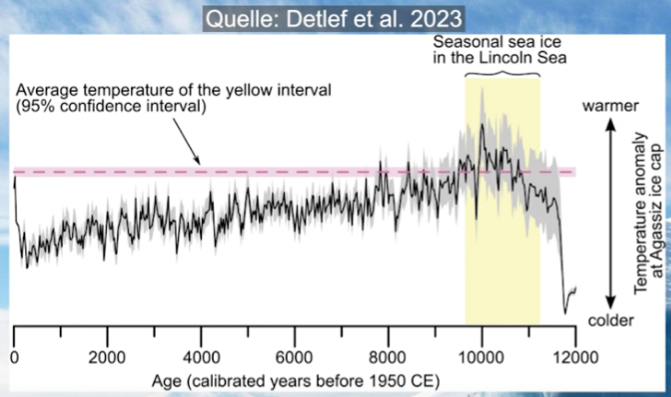Paper finds drought 1100 years ago in southwest US was much more severe & extreme than any drought since
http://hockeyschtick.blogspot.com/2014/09/paper-finds-drought-1100-years-ago-in.html
A paper published in PNAS reconstructs droughts of the southwest US over the past 1,200 years and finds the natural drought ~ 1,100 years ago [during the low-CO2 Medieval Warm Period ~1,300 to ~900 years ago] was far more severe and longer lasting than any droughts since.
The paper also reconstructs solar activity and finds similar very high levels during the Medieval Warm Period as during the second half of the 20th century. Northern Hemisphere temperatures during the Medieval Warm Period are also found to be almost the same as at the end of the 20th century.
Fig. 2.
Global, hemispheric, and regional proxy and model data documenting medieval period conditions.A Solar irradiance (69),B two estimates of Northern Hemisphere land temperatures, departures from 1850–1995 (32), C ECHO-G (60) modeled average annual temperature for 34°–40° N, 104°–124° W, and departures from 1890–1990,D reconstructed Colorado Plateau mean maximum temperatures (13),E reconstructed water year streamflow, Colorado River at Lees Ferry (41) and Sacramento Four Rivers index flow (40), percent of average based on AD 901–1977, and F reconstructed Southwest Drought Area Index (5). All series except (A) were smoothed with a 20-year spline. Light Shading indicates medieval period, Dark Shading indicates mid-1100s period.
A 1,200-year perspective of 21st century drought in southwestern North America
Connie A. Woodhousea,b,1,
David M. Mekob,
Glen M. MacDonaldc,
Dave W. Stahled, and
Edward R. Cooke
Author Affiliations
Edited by B. L. Turner, Arizona State University, Tempe, AZ, and approved December 11, 2009 (received for review September 28, 2009)
Abstract
Full Text
Authors & Info
Figures
SI
Metrics
Related Content
PDF
PDF + SI
Next Section
Abstract
A key feature of anticipated 21st century droughts in Southwest North America is the concurrence of elevated temperatures and increased aridity. Instrumental records and paleoclimatic evidence for past prolonged drought in the Southwest that coincide with elevated temperatures can be assessed to provide insights on temperature-drought relations and to develop worst-case scenarios for the future. In particular, during the medieval period, ∼AD 900–1300, the Northern Hemisphere experienced temperatures warmer than all but the most recent decades. Paleoclimatic and model data indicate increased temperatures in western North America of approximately 1 °C over the long-term mean. This was a period of extensive and persistent aridity over western North America. Paleoclimatic evidence suggests drought in the mid-12th century far exceeded the severity, duration, and extent of subsequent droughts. The driest decade of this drought was anomalously warm, though not as warm as the late 20th and early 21st centuries. The convergence of prolonged warming and arid conditions suggests the mid-12th century may serve as a conservative analogue for severe droughts that might occur in the future. The severity, extent, and persistence of the 12th century drought that occurred under natural climate variability, have important implications for water resource management. The causes of past and future drought will not be identical but warm droughts, inferred from paleoclimatic records, demonstrate the plausibility of extensive, severe droughts, provide a long-term perspective on the ongoing drought conditions in the Southwest, and suggest the need for regional sustainability planning for the future.




